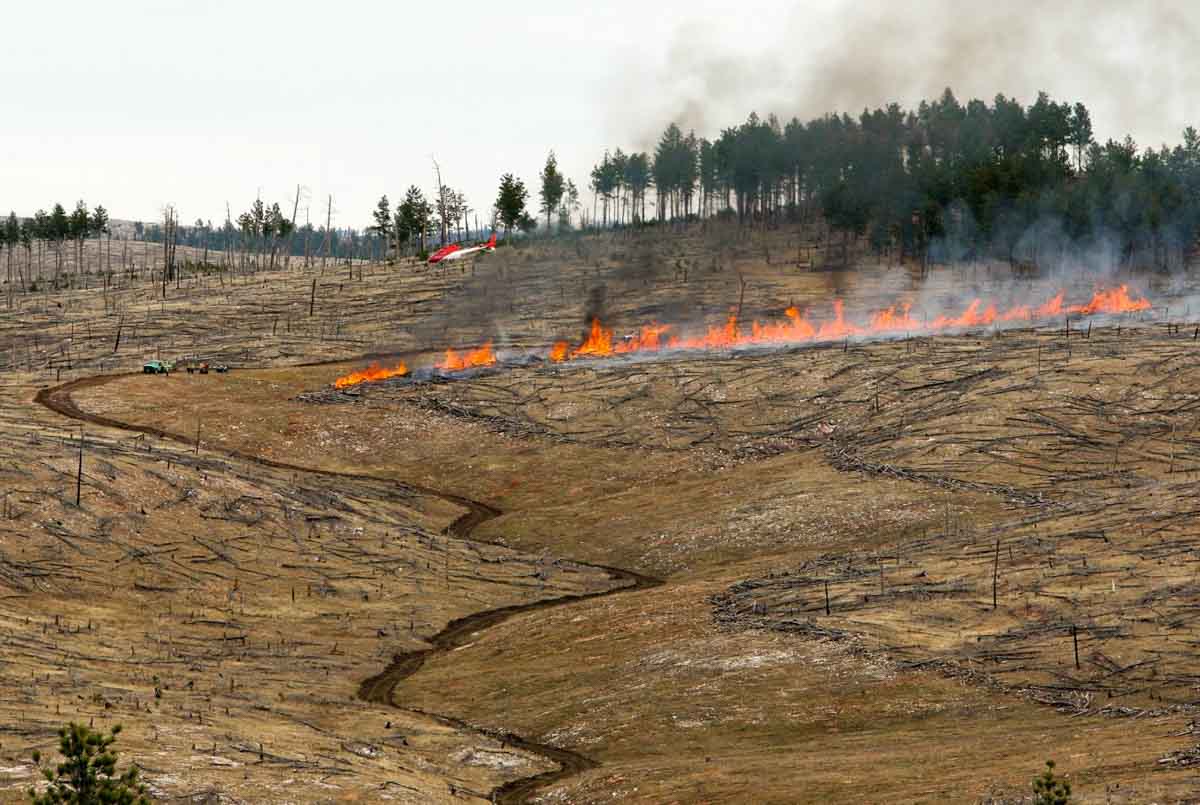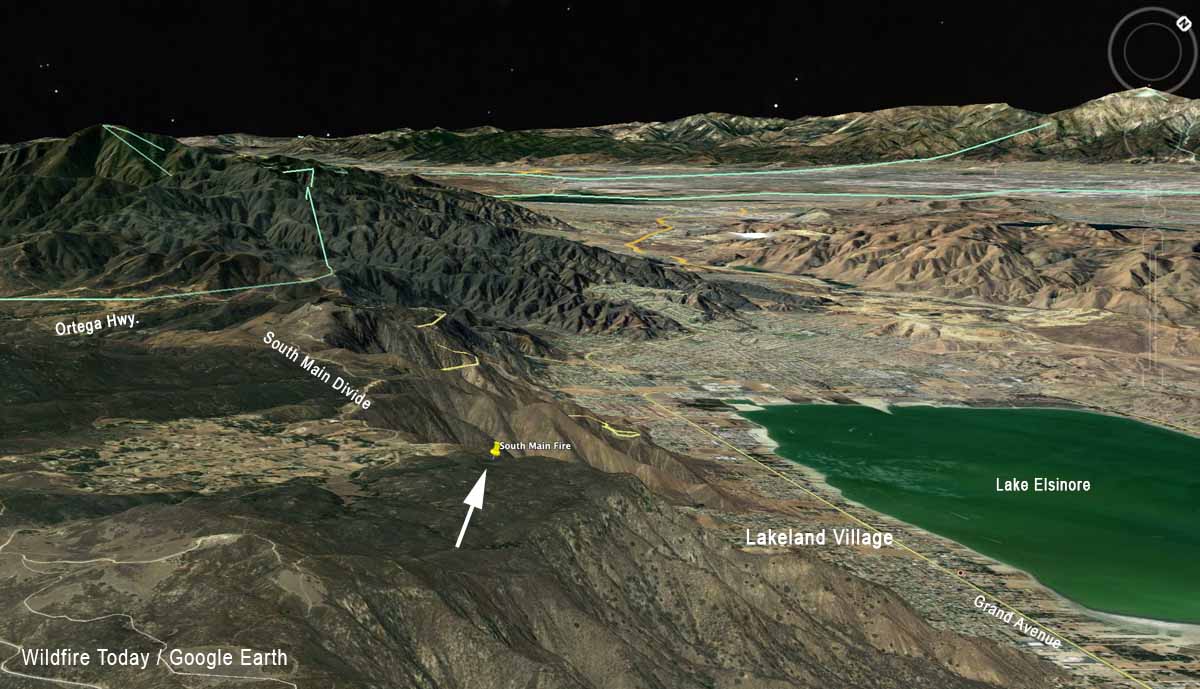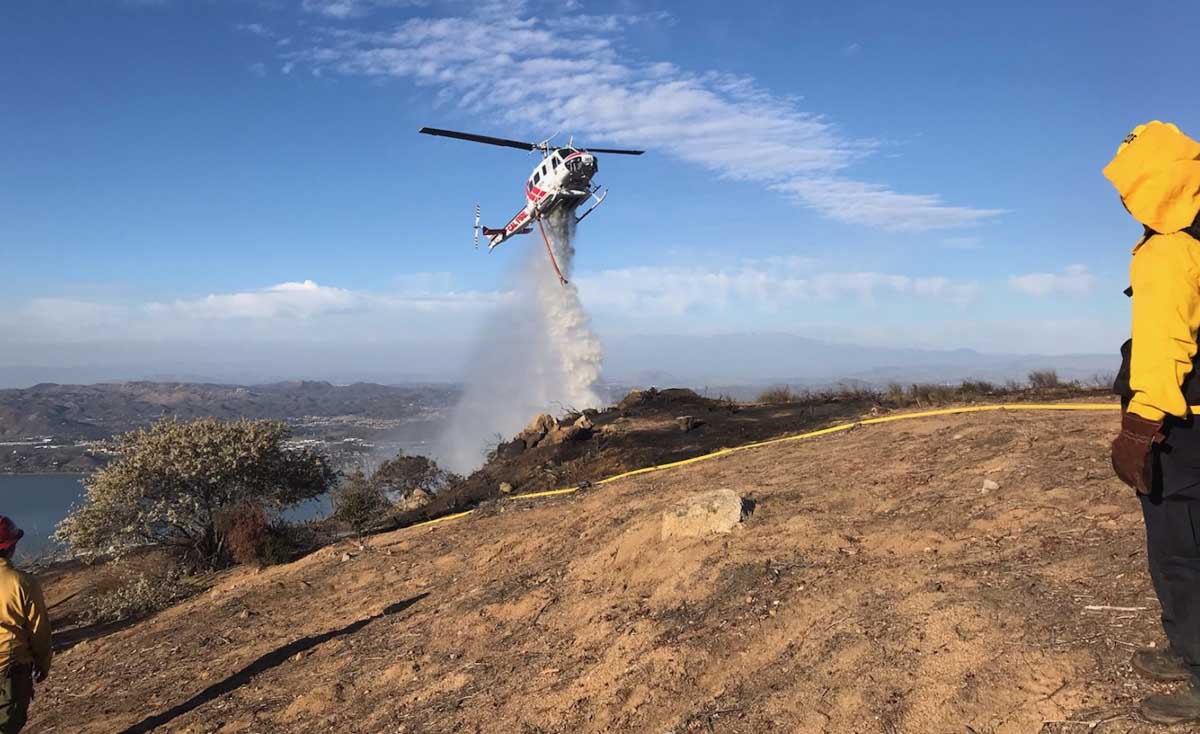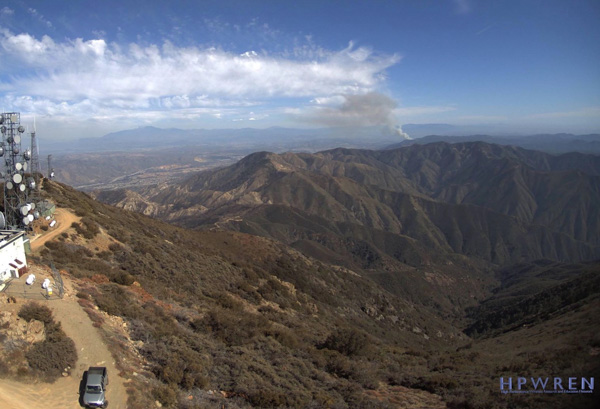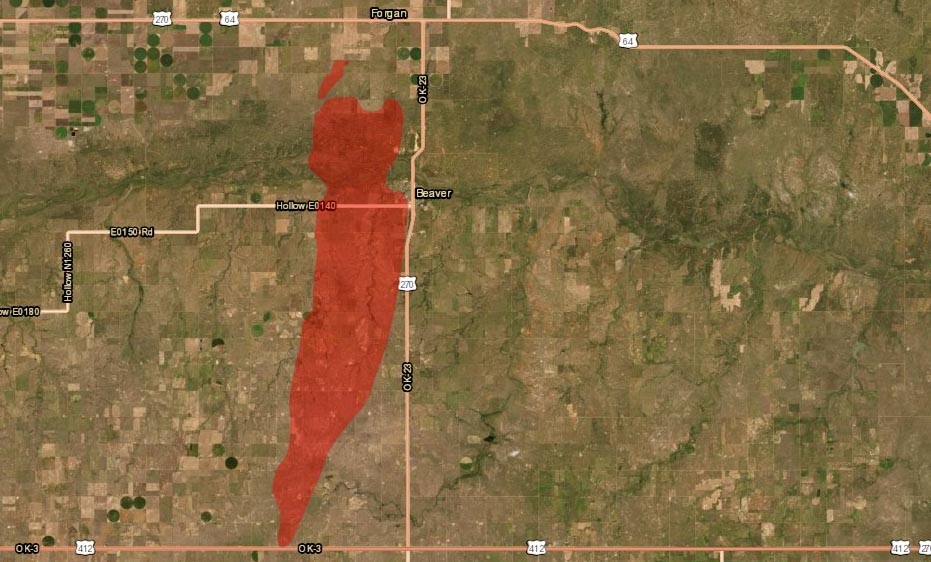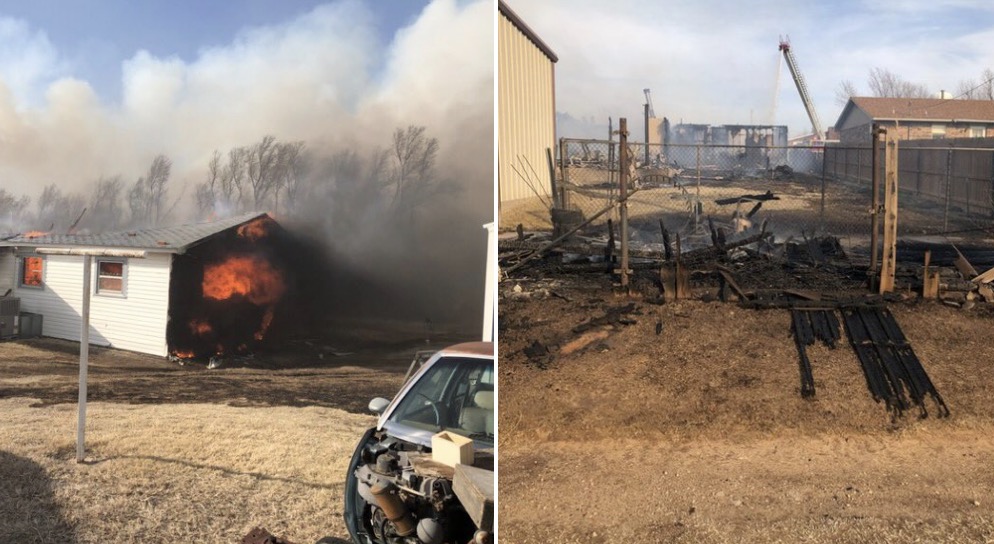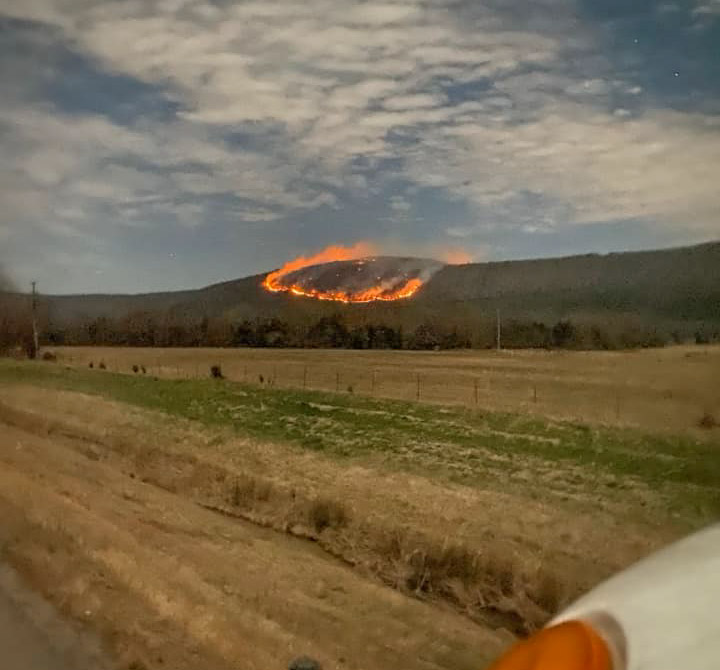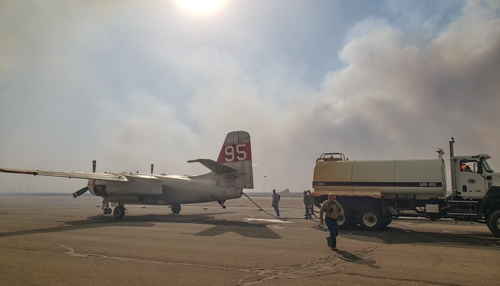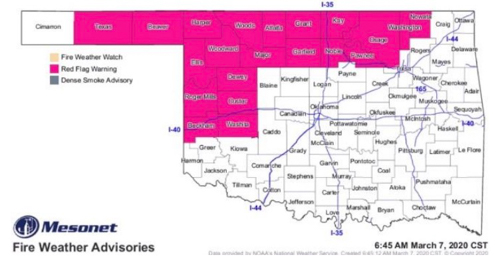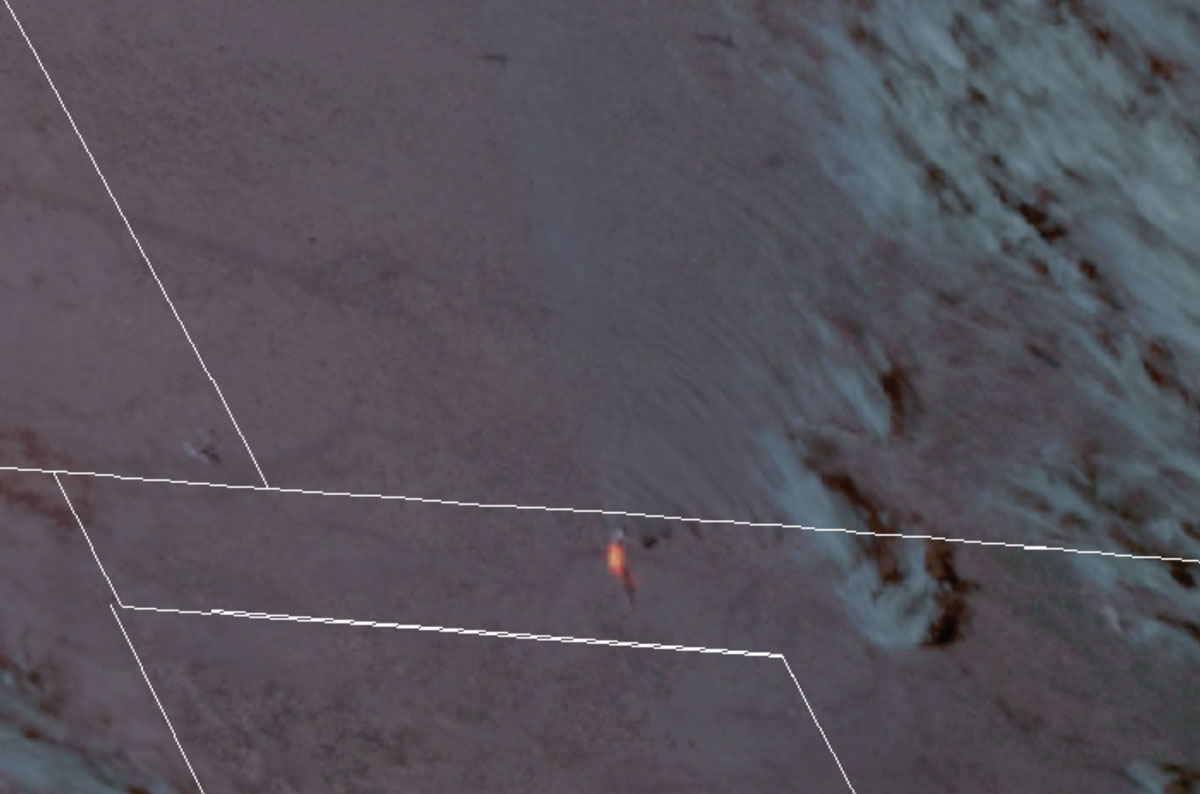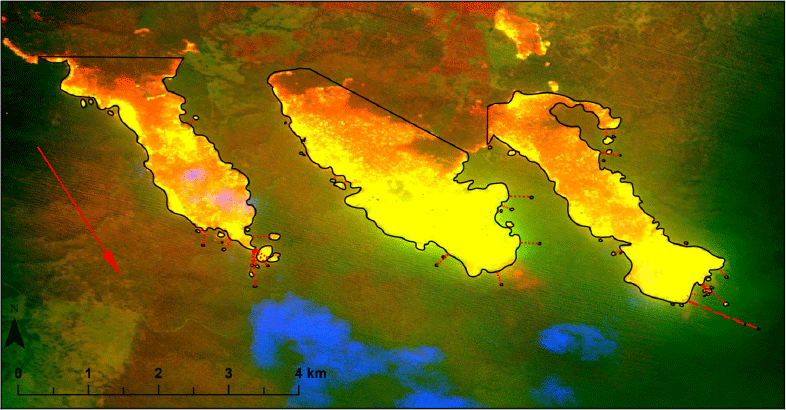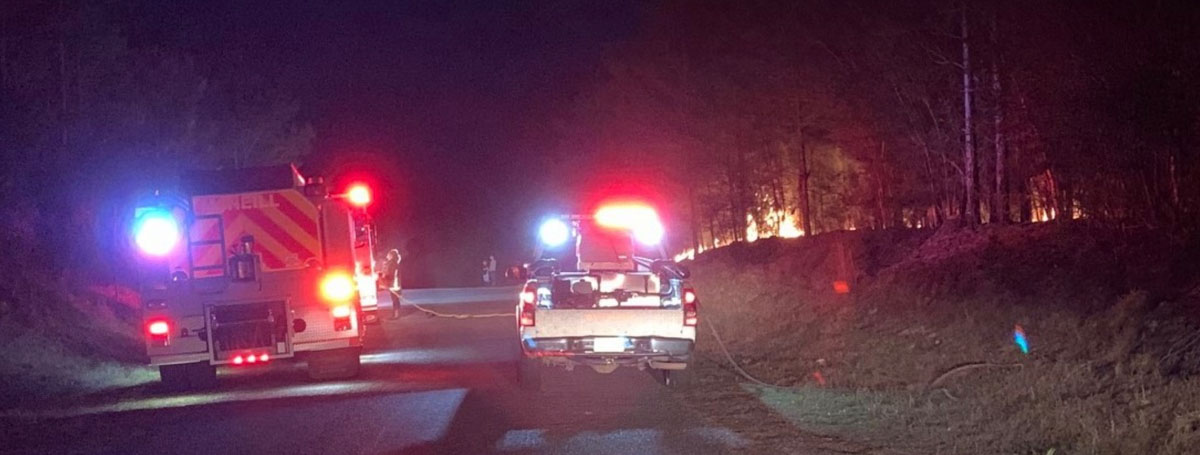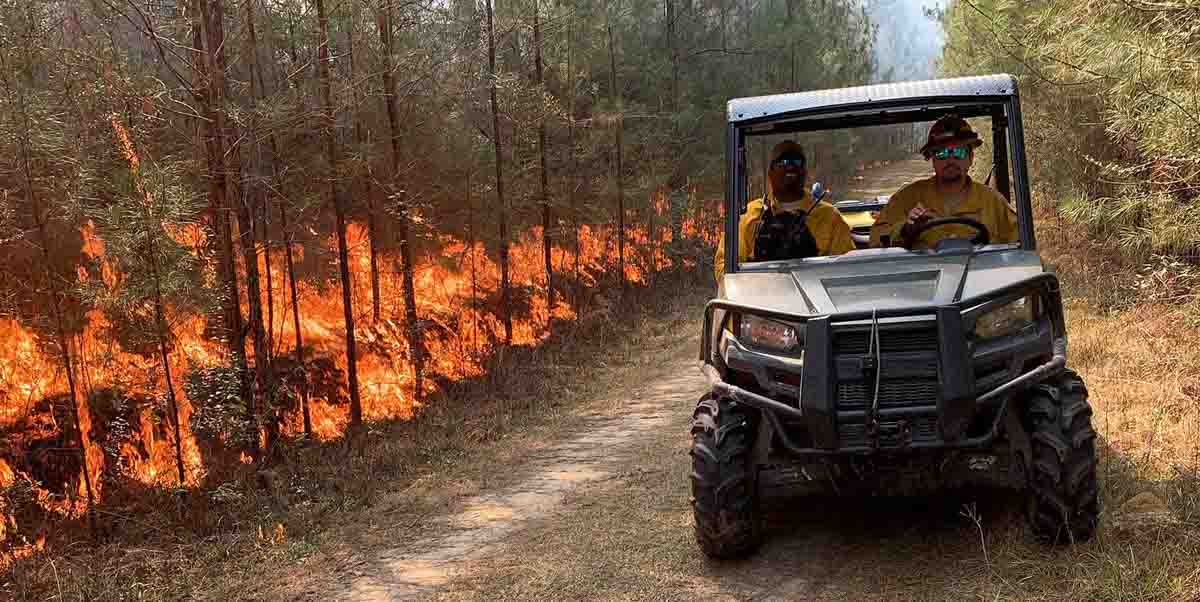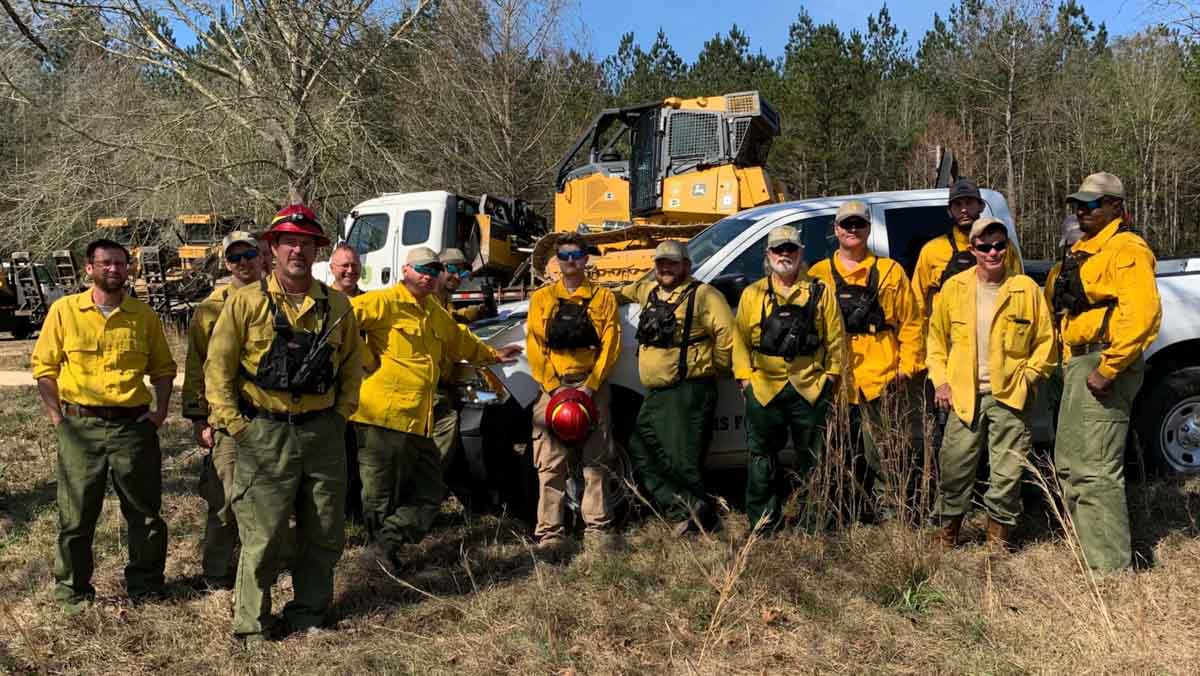
This version of how Smokey Bear was originally discovered was posted on the U.S. Forest Service website by Sandy Marin, USFS Tribal Relations.
This year, we celebrated Smokey Bear’s 75th birthday as a national fire prevention icon. Many know Smokey’s message: “Only YOU can prevent wildfires,” but fewer people may know that Smokey was a real American black bear rescued, in the spring of 1950, from a raging wildfire in New Mexico.
The Los Tablos and Capitan Gap fires, which burned over 17,000 acres, were stoked by 70-mile per hour winds that made the fires hard to fight. The Taos Pueblo Snowball crew formed when the war chief of the tribe called all available firefighters to quench the blaze in the Lincoln National Forest. Twenty-five volunteers boarded a school bus and began the long journey to fight the growing fires, fueled by gusting winds and high temperatures. It was only the second fire-fighting experience for the rookie crew. The men spent 28 long days fighting the fires.
The crew rescued the five-pound American black bear cub who later became known as “Smokey” out of the embers. Adolph Samora, a member of the Snowball crew, remembers putting out fire hotspots when some other firefighters called him over to what looked like a crumpled jacket lying on the ground.
“The little cub was covered,” he said. “[A crewmember] picked it up and placed it in my arms. The cub had blisters all over his hands and feet.” Crew members wrapped the three-month-old cub in their own jackets to protect his badly burned paws while they transported the little bear to safety.
A local family nursed Smokey back to health, and the bear was later moved to the National Zoo in Washington, D.C., where he lived for the next 26 years. The story of Smokey’s rescue can be viewed at Smokey Bear LIVE from the Lincoln National Forest.
The Forest Service and the U.S. Advertising Council created Smokey Bear in 1944. Since then, Smokey Bear has become the longest running public service campaign in our nation’s history. His 75th anniversary celebration began with an appearance in the Tournament of Roses Parade on New Year’s Day and finished with his appearance on Smokey Bear-themed ornaments for the U.S. Capitol Christmas tree. Other highlights included a new Smokey Bear exhibit at the National Zoo in D.C. and a birthday party at the Smithsonian Portrait Gallery. But the crown jewel of a wonderful birthday year was the giant Smokey balloon floating down 5th Avenue in New York City during the Macy’s Thanksgiving Day Parade.
So how can you honor Smokey at the conclusion of his 75th birthday year celebration? Help in his lifelong mission of fire prevention, because only YOU can help prevent wildfires.

Here is a link to more information about finding Smokey.
Thanks and a tip of the hat go out to Ted. Typos or errors, report them HERE.

